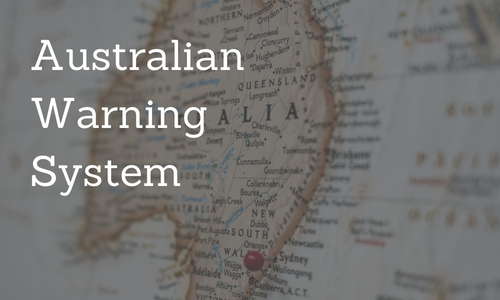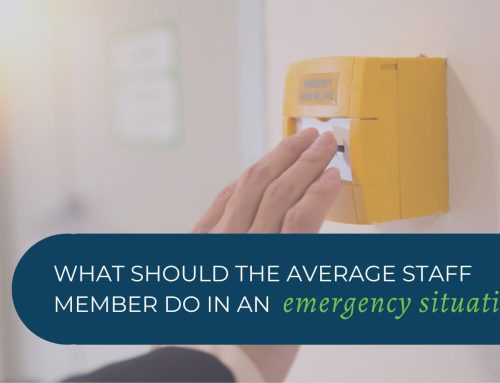The Australian Warning System and What it Means for You
The Australian warning system is a comprehensive network of emergency alerts that is designed to inform and protect the public during a wide range of potential hazards. These hazards could be anything from bushfires, floods, storms, to tsunamis, and other natural disasters.
This warning system is operated by a number of different organizations and agencies, including the Bureau of Meteorology, the Australian Broadcasting Corporation (ABC), and state and local emergency services. These organizations work together to provide accurate and timely information to the public, and to ensure that the warning system can reach as many people as possible as quickly as possible.
Emergency Alarm System
One of the key components of the warning system is the Emergency Alert system, which is used to send messages to the public via television, radio, and mobile phones. This system is activated when there is an imminent threat to life or property, and it is used to provide information about the nature of the emergency, as well as instructions on what people should do to stay safe.
The Emergency Alert system is complemented by a range of other warning mechanisms, including sirens, social media alerts, and alerts on official websites. These mechanisms are used to reach different segments of the population, and to ensure that the warning system is able to reach as many people as possible.
How the Australian Warning System helps the public
In addition to providing alerts and warnings, the Australian Warning System also provides a range of other services to the public. For example, the Bureau of Meteorology provides a range of weather forecasts and warnings, which are used to help people prepare for and respond to extreme weather events. Similarly, state and local emergency services provide a range of information and support services, including evacuation plans and emergency shelters.
One of the major advantages of the Australian warning system is that it is designed to be flexible and adaptable. This means that it can be tailored to suit the specific needs of different communities and regions, and it can be quickly adjusted to respond to changing circumstances. For example, the warning system can be used to provide different types of alerts depending on the type of emergency and the location.
Another important aspect of the Australian warning system is that it is designed to be as user-friendly as possible. This means that the information provided is clear, concise, and easy to understand, even for people who may not be familiar with technical terms or jargon. Additionally, the warning system is designed to be as accessible as possible, so that it can be used by people of all ages, abilities, and backgrounds.
The Tiered System
In order to make the Australian Warning System as simplified as possible, a tiered system of alerts to inform the public about different levels of emergency situations is used. The specific levels of alerts can vary depending on the type of emergency and the organization issuing the alert, but generally, there are three main levels of alerts:
Advice: This level of alert is used when there is a potential threat to life or property, but people in the affected area are advised to take a more general, precautionary approach. This might include things like monitoring the situation and staying informed, rather than taking specific action.
Watch and Act: This level of alert is used when there is a potential threat to life or property, and people in the affected area are advised to start taking action to prepare for the emergency. This might include things like activating a bushfire survival plan or moving to a safer location.
Emergency Warning: This level of alert is issued when there is an immediate threat to life and property, and people in the affected area are advised to take immediate action to protect themselves. This might include things like evacuating immediately or seeking shelter in a designated area.
It’s important to note that local authorities and emergency services may have their own protocols and procedures for issuing alerts, so it’s important to stay informed about the specific alerts and instructions that apply to your area.
Overall, the Australian warning system is an important and valuable tool for protecting the public during emergencies. By providing accurate and timely information, and by making the warning system as accessible and user-friendly as possible, the system helps to keep people safe and informed during times of crisis.
If you or your business are in need of experienced consultants to help you navigate the complicated nature of an emergency, or a guide to help you through all of your emergency compliance needs, feel free to reach out to the industry experts at Workplace Emergency Management today, by giving our friendly staff a call at 1300 831 694 or contacting us right here, via our website.
GET IN TOUCH
Are you ready for peace of mind that your workforce is as safe and prepared as possible?
With a dedicated team of staff ready to help you meet compliance requirements and improve the overall safety of your workplace, all you need to do is get in touch.
Request your free audit today!



